The content of the article
Among all known methods of home treatment, the most popular are inhalations. This simple and very effective method helps to cope with manifestations of laryngitis, tracheitis and the common cold. Even in difficult situations such as obstructive bronchitis, inhalation is often more effective than medication. Therefore, not only adults are treated with this proven method, but even very young children.
But, when it comes to children, parents always have a lot of questions about the safety of the method and the rules for its use. And most often the adult audience cares about the possibility of using inhalation at a baby’s temperature. In general, sick children are a special topic, and approaches to the treatment of babies are somewhat different than for adult patients. This also applies to inhalation.
Types of inhalation
First, let's try to understand the variety of types of this procedure. Although the principle of this technique is the same everywhere and consists in the fact that the therapeutic effect is carried out using steam, in which medicinal substances are present, there are some differences. The first difference is the drug selected for the treatment procedure, and the second is the method itself.
Let us dwell on the last criterion. Known types of inhalation:
- In the first place is the traditional, so-called “grandmother's” method, which has been used for decades. Its mechanism is extremely simple - the patient must inhale vapors of the medicinal composition over the container, covering himself with a towel with his head. As a medicinal product, boiled potatoes, soda, honey are most often used. The method is proven and very effective. It can be used if the child has a slight temperature increase (up to 37.5).
- The second technique differs from the previous method in that a special device is used to provide a therapeutic effect. A nebulizer is essentially a compressor inhaler. The device is based on the principle of air pressure, not high temperature. This feature allows you to have an effect on the respiratory tract with antibiotics, antiseptics and other medications. Berodual, a special combined composition for inhalation, which acts almost instantly, shows a particularly high result in the treatment of cough in children.
- Steam inhalation - also carried out using a special device. This option is similar to the first method, but at a high temperature in a child it is not recommended to use it.
Advantages of Inhalation
Despite the difference in methods, all inhalations have much in common. As for children, for babies, inhalation of a medicinal solution is the most gentle method of treatment. But the main advantage of inhalation, as a procedure, is the direct effect on the organ affected by inflammation. Regardless of the baby’s rhinitis or laryngitis, when inhaled, the drug mixture quickly enters the respiratory tract and begins to act immediately. Therefore, even after the first procedure, the condition of the child improves markedly. And this is manifested in the following:
- the separation of the mucous secretion in the bronchi decreases;
- normal breathing;
- the spasm of the smooth muscles of the bronchi is removed;
- signs of shortness of breath, if any, disappear;
- nasal breathing is getting better;
- the frequency of coughing decreases.
In addition, the introduction of drugs through inhalation improves blood circulation, which ensures their rapid absorption into the blood. This explains the almost instantaneous effect of this type of treatment.
Steam inhalation at temperature
And now we’ll separately examine the features of each method. The easiest way, of course, is the steam method. It copes well with coughing, providing sputum outflow, but it cannot be used if the child has a temperature exceeding 37.5. Steam inhalation is best done with a pronounced cough, having previously knocked down the temperature, at least to subfebrile values. A disadvantage of steam inhalations is the fact that after the procedure, a temperature increase can be observed, which is extremely undesirable.
Inhalation with a nebulizer
This unit is configured in such a way that when a vapor forms, the drug element is converted into an aerosol. This ensures maximum penetration of the drug into the respiratory tract and its uniform distribution. It is allowed to do inhalation with a nebulizer even for children up to a year, since when inhaled, the suspension has only a therapeutic effect, and the temperature remains at the same level.
There are devices of compression and ultrasonic mechanism of action. The latest devices have more possibilities, since even complex chemical compounds are partially destroyed under the action of ultrasound. Therefore, the nebulizer is rightly considered the most effective device for home treatment of children.
Medications for inhalation with a nebulizer
Everything regarding the treatment of the child, parents must coordinate with the pediatrician. Therefore, choose a medicinal composition for inhalation should also be with a doctor. An illiterate approach to solving this issue can only harm the baby's health. After all, inhalation, no matter how harmless it may seem, is also a rather serious procedure. Using the device, it is recommended to make inhalations with saline solutions, decoctions of medicinal herbs, coughing formulations.
The procedure with mineral water, a decoction of chamomile and sage helps a lot with intense coughing in a child. The choice of the best option depends on the course of the disease, the condition of the child, the individual characteristics of his small organism. In this case, the risk of developing a side reaction to a specific drug component is always taken into account.
The nebulizer has a significant advantage compared to other inhalation methods - with the help of the device it is possible to quickly remove the stenosis attacks that often occur in young children with laryngitis. And, if the baby has even a high fever, such inhalations are not canceled.
Side effects of inhalation
If inhalation with a nebulizer provokes a rise in temperature, you must inform your doctor about this, and cancel the procedure for a while. Negative consequences after inhalation are rarely observed:
- child intolerance to the procedure itself;
- vomiting
- worsening of well-being.
With any of these deviations, you need to abandon this type of treatment.
Contraindications
Basically, the procedure is well tolerated by children, even with an increased temperature background. But there are some limitations to its use. Among them:
- cardiac pathologies;
- congenital malformations of the respiratory tract;
- tendency to nosebleeds.
How to properly inhal a sick child
There are several recommendations that you must follow when carrying out inhalation to a temperature-sensitive baby.
- After eating, at least an hour should pass.
- If the baby has more pronounced symptoms of rhinitis, one must breathe through the nose. When coughing, an aerosol is inhaled through the mouth.
- The breath should be deep and calm.
- After any thermal procedure, including inhalation, you need to stay in the room for at least three hours. Given this circumstance, you should plan outings.
Summing up, we can rightly conclude that, in general, inhalations are very useful. They can have the proper effect even when the child has a fever. But for safety reasons, parents are required to coordinate all their actions with the doctor.
Video: when you can not do steam inhalation

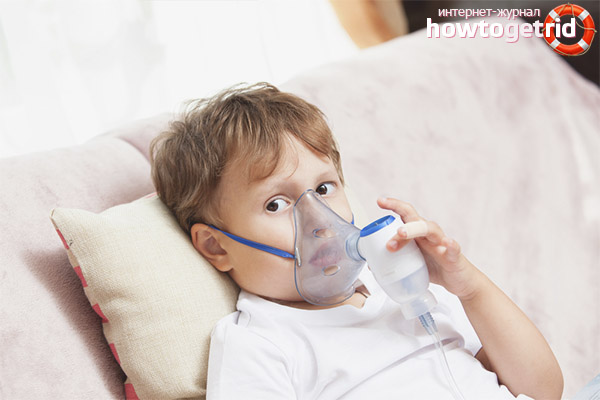

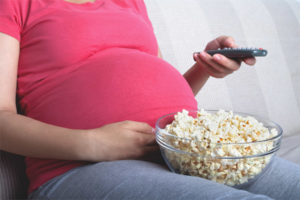


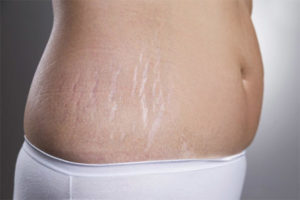

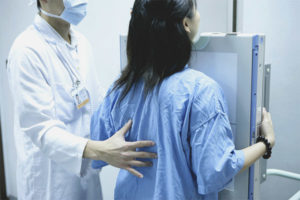
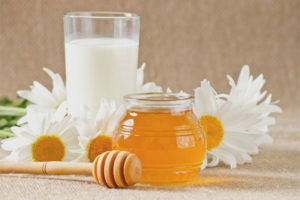

Submit